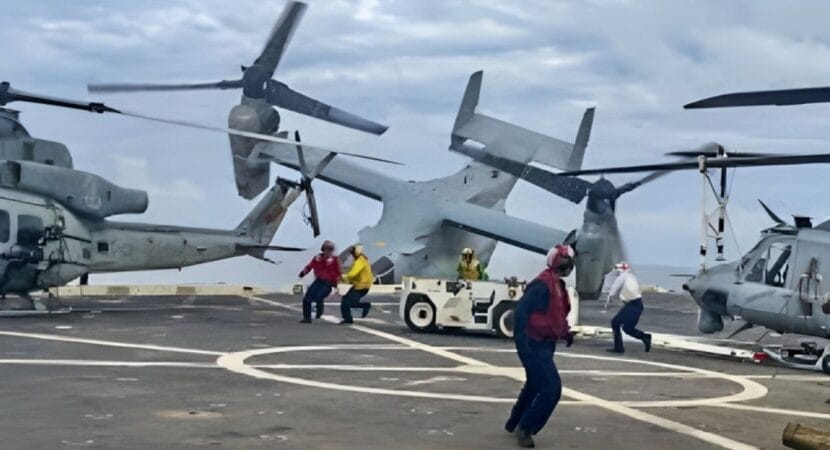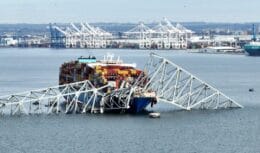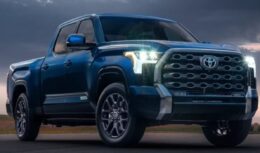
Japan grounded its V-22 Osprey fleet, on November 29, 2023, a US CV-22 Osprey crashed into the ocean near Yakushima Island, Japan, with eight people on board.
This accident in Japan is just one more in the series of problems that have marked the Osprey's operational history, raising questions about the risks of tiltrotor technology. The V-22 Osprey, developed by Bell Helicopter and Boeing, is a technological leap in technology. military aviation.
It combines the vertical takeoff and landing capabilities of helicopters with the speed and range of fixed-wing aircraft. But this technological marvel faced enormous challenges, especially in the complex aerodynamics of transitioning between helicopter and airplane modes.
The challenges of the Osprey, between accidents and mechanical complexity
One of the biggest problems with the Osprey is the “vortex ring state” (VRS), which occurs during rapid descents and causes loss of lift. Furthermore, the mechanical complexity of the tiltrotor system increases the potential for mechanical failures. Accidents in the testing phase were attributed to mechanical and design flaws, requiring revisions and improvements.
Flying an Osprey is not easy, the unique handling characteristics required new training protocols. Early accidents highlighted the need for extensive training, especially in critical phases of flight, such as takeoff, mode conversion and landing.
V-280 Valor, the future of Tiltrotor technology
Learning from the V-22, Bell developed the V-280 Valor for the U.S. Army's Future Vertical Lift (FVL) program. The V-280 is the next generation of tiltrotor, with more agility, speed, range and payload capacity. It features advanced technologies such as fly-by-wire flight controls that offer more precise handling and reduce pilot workload.
The V-280 improves on the Osprey design in terms of efficiency, maintainability and safety. One of the main innovations is improved agility. The V-280's rotors do not rotate as much as the V-22's, simplifying mechanical complexity and reducing the potential for mechanical failure.
Despite a turbulent start, tiltrotors continue to be highly valued by the military for their unique capabilities. They represent a immense potential, combining the versatility of helicopters with the speed and range of fixed-wing aircraft. However, the big question is whether these Innovative machines can achieve a level of safetyand reliability to match your ambitions.












